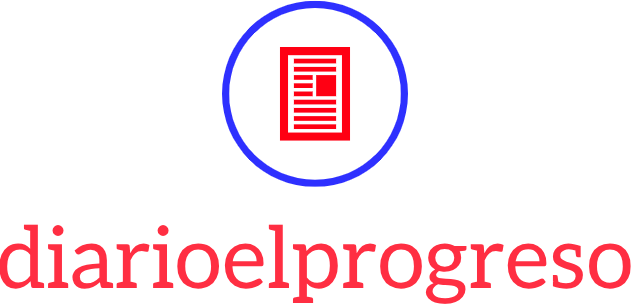Cloud computing has become a vital component of modern IT infrastructure, transforming how businesses operate and scale. As technology continues to evolve, several trends are emerging in cloud computing services. Let’s explore the top trends that are shaping the future of cloud computing and what they mean for organizations.

Rise of Multi-Cloud Strategies
Adopting Multiple Cloud Providers
One of the significant trends in cloud computing services is the adoption of multi-cloud strategies. Businesses are increasingly leveraging multiple cloud providers to avoid vendor lock-in and enhance flexibility. By using services from providers like AWS, Microsoft Azure, and Google Cloud, companies can take advantage of different strengths and features offered by each platform. This approach also enhances resilience and ensures that businesses are not dependent on a single provider.
Improved Data Management
Furthermore, multi-cloud strategies help businesses optimize data management. Organizations can distribute their data across various clouds, ensuring better performance and compliance with local regulations. For instance, sensitive data might be stored on a private cloud while less critical data is kept on a public cloud, balancing security and cost-efficiency.
Growth of Edge Computing
Processing Data Closer to the Source
Edge computing is another significant trend in cloud computing services. This technology involves processing data closer to its source, reducing latency and bandwidth usage. As IoT devices and smart sensors proliferate, edge computing ensures that data is analyzed in real-time at the edge of the network, rather than being sent to a centralized cloud server. This leads to faster decision-making and more efficient operations.
Enhanced User Experiences
Additionally, edge computing enhances user experiences by delivering content and services more quickly. For example, content delivery networks (CDNs) use edge computing to cache data at locations closer to users, improving load times for websites and applications. This trend is becoming crucial for applications that require low latency, such as augmented reality (AR) and virtual reality (VR).
Emergence of Serverless Computing
Focusing on Code Over Infrastructure
Serverless computing is rapidly gaining traction, allowing developers to focus more on writing code rather than managing servers. In this model, cloud providers handle the infrastructure, scaling, and maintenance, while developers deploy code in small, event-driven functions. Services like AWS Lambda and Azure Functions exemplify this trend, offering a more flexible and cost-efficient way to run applications.
Cost Efficiency and Scalability
Serverless computing also brings cost efficiency and scalability. Instead of paying for pre-allocated resources, businesses only pay for the compute time they use. This model ensures that applications scale automatically based on demand, optimizing costs and resources.
Advancements in Cloud Security
Enhanced Threat Detection
As cloud adoption grows, so does the focus on cloud security. Advanced security solutions are emerging to protect data and applications from cyber threats. For instance, AI-powered threat detection systems are being integrated into cloud platforms to identify and respond to potential security breaches in real-time. This proactive approach helps safeguard sensitive information and ensure compliance with regulatory standards.
Zero Trust Architecture
Moreover, the implementation of Zero Trust Architecture (ZTA) is becoming a standard practice. This security model assumes that threats could be internal or external and, therefore, requires continuous verification of users and devices. By adopting Zero Trust principles, businesses can enhance their cloud security posture and mitigate risks associated with unauthorized access.
Integration of AI and Machine Learning
Automating Cloud Operations
Artificial Intelligence (AI) and Machine Learning (ML) are increasingly being integrated into cloud computing services. These technologies automate various cloud operations, such as resource allocation, performance optimization, and predictive maintenance. For example, AI-driven analytics tools can provide insights into cloud usage patterns, helping businesses make data-driven decisions and improve operational efficiency.
Enhanced Business Insights
Furthermore, AI and ML are transforming how businesses analyze and use their data. Cloud platforms offer sophisticated analytics services that leverage these technologies to deliver actionable insights. This trend enables companies to better understand customer behavior, optimize processes, and drive innovation.
Conclusion
In conclusion, the trends in cloud computing services are shaping a more flexible, efficient, and secure IT landscape. From adopting multi-cloud strategies and embracing edge computing to leveraging serverless computing and enhancing cloud security, these trends are redefining how organizations utilize cloud technology. As these trends continue to evolve, they will undoubtedly drive further innovation and transformation in the world of cloud computing.




